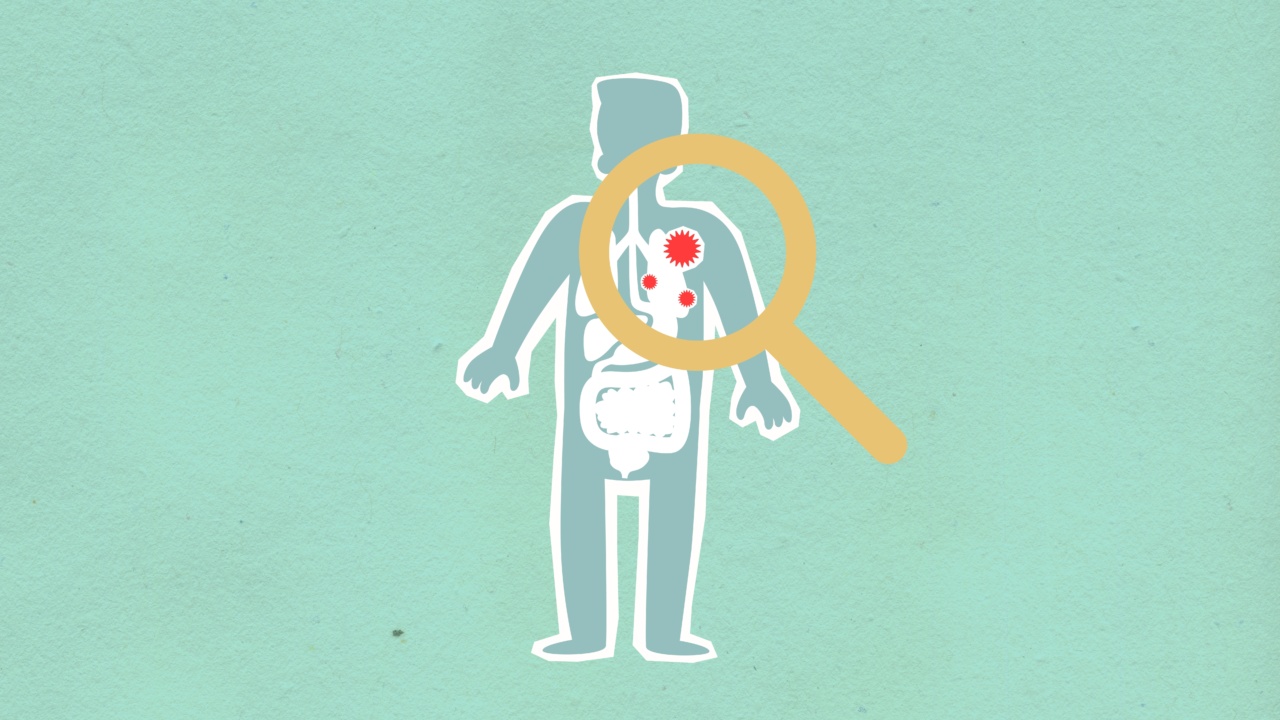Sexually transmitted infections (STIs) are a significant public health concern worldwide, affecting millions of individuals each year.
These infections not only have immediate health consequences but can also have a long-term impact on various aspects of reproductive health. In this article, we will explore how STIs can affect reproduction and the implications these infections have on individuals and society as a whole.
1. STIs and Fertility
Some sexually transmitted infections can directly impact fertility in both men and women. For instance, untreated chlamydia and gonorrhea can lead to pelvic inflammatory disease (PID) in women, causing scarring and damage to the reproductive organs.
This can result in infertility or increase the risk of ectopic pregnancies. In men, STIs like gonorrhea can cause epididymitis, which can lead to infertility if left untreated.
2. Pregnancy Complications
STIs can also pose risks to pregnant individuals and their unborn babies. Certain infections, such as syphilis, can be transmitted from mother to fetus during pregnancy, potentially leading to congenital syphilis.
This condition can cause stillbirths, premature birth, and a range of serious developmental issues in the affected infants.
3. Increased Risk of Miscarriages
Studies have shown that certain STIs, including chlamydia and mycoplasma genitalium, can increase the risk of miscarriages. These infections can cause inflammation in the reproductive organs, leading to damage that can result in pregnancy loss.
4. Infertility in Women
STIs are a leading cause of infertility in women. As mentioned earlier, infections like chlamydia and gonorrhea can cause PID, leading to scarring and damage to the fallopian tubes and uterus.
This can interfere with the fertilization process and prevent the egg from traveling to the uterus, resulting in infertility.
5. Infertility in Men
STIs can also negatively affect male fertility. Infections such as gonorrhea and chlamydia can lead to epididymitis, inflammation of the epididymis. This inflammation can damage the sperm-carrying tubes, impairing sperm motility and function.
As a result, the affected individual may experience difficulties in fathering a child.
6. Increased Risk of Tubal Pregnancies
Tubal pregnancies, also known as ectopic pregnancies, occur when a fertilized egg implants outside the uterus, typically in the fallopian tubes.
STIs, particularly chlamydia and gonorrhea, can cause scarring and damage to the reproductive organs, increasing the risk of tubal pregnancies. Such pregnancies are dangerous and may require immediate medical intervention to prevent life-threatening complications.
7. Impact on Male Reproductive Health
STIs can have significant implications for male reproductive health. Infections like syphilis and HIV have been associated with testicular inflammation (orchitis) and damage to the prostate gland.
These conditions can lead to reduced sperm production, altered sperm quality, and hormonal imbalances, all of which can affect fertility.
8. Transmission during Childbirth
STIs can be transmitted from an infected mother to her child during childbirth. This is particularly true for infections like herpes and human papillomavirus (HPV), which can significantly impact the health of the newborn.
Babies born to mothers with active genital herpes infections are at risk of contracting the virus, which can lead to severe complications.
9. STIs and Unintended Pregnancy
Unprotected sexual intercourse due to a lack of awareness about STIs can lead to unintended pregnancies.
It is essential to understand the importance of safe sex practices and the use of barrier methods, such as condoms, to prevent both STIs and unintended pregnancies.
10. Social and Economic Implications
The impact of STIs on reproduction goes beyond individual health. These infections can have substantial social and economic implications. Infertility caused by STIs can lead to emotional distress and strained relationships.
Additionally, the treatment and management of STIs, as well as the long-term consequences, pose a significant financial burden on individuals and healthcare systems.
Conclusion
Sexually transmitted infections have a profound impact on reproduction. From fertility issues and pregnancy complications to long-term reproductive health consequences, STIs pose significant challenges and risks.
Raising awareness about the importance of safe sex practices, regular STI screenings, and prompt treatment is crucial in mitigating the adverse effects of these infections on individuals and society.






























